When choosing animals for self-sufficiency, it’s important to consider the journey is not the same for everyone. Some people want to focus on self-reliance and self-consumption, while others aim to be self-sufficient in all aspects of their lives. And some might be looking for a balance between these two extremes.
Whatever your circumstances are, there’s an animal that will help you meet your needs – just make sure you consider each species’ pros and cons before deciding which is best for you!
Table of Contents
– Pros and Cons of Keeping Chickens for Self-Sufficiency
– Raising Ducks on a Homestead
– Raising Quail: the Solution for Tiny Homesteads
– Bug Control with Guinea Fowl
– Geese: Multifunctional Guardians & Layers
– Keeping Rabbits for Meat and Cuteness
– Pros and Cons of Keeping Milk Cows
– Raising Goats for Milk, Meat and Wool
– Pros and Cons of Keeping Llamas
– Alpacas: Not your Everyday Homestead Animal
– Raising Sheep for Wool, Meat and Milk
– Donkeys, Mules and Horses
– Farm Dogs, Livestock Guardian Dogs, Hunting Dogs and More
– What do cats have to do with self-sufficiency?
– In conclusion…
Pros and Cons of Keeping Chickens for Self-Sufficiency
Chickens are fairly low-maintenance animals that can provide you with fresh eggs daily, meat, and fertiliser for the garden. And what’s more: they’re great garbage processors (they can get your kitchen scraps or dinner leftovers) and they’ll scratch up bugs and weeds in your garden too.
Free-range chickens can find (most of) their own food, and chickens need very little care. The main expense for many chicken owners is building (or buying) a chicken coop, and setting up a chicken run to keep their birds safe from predators.
Read more about chickens and their cost-efficiency here!
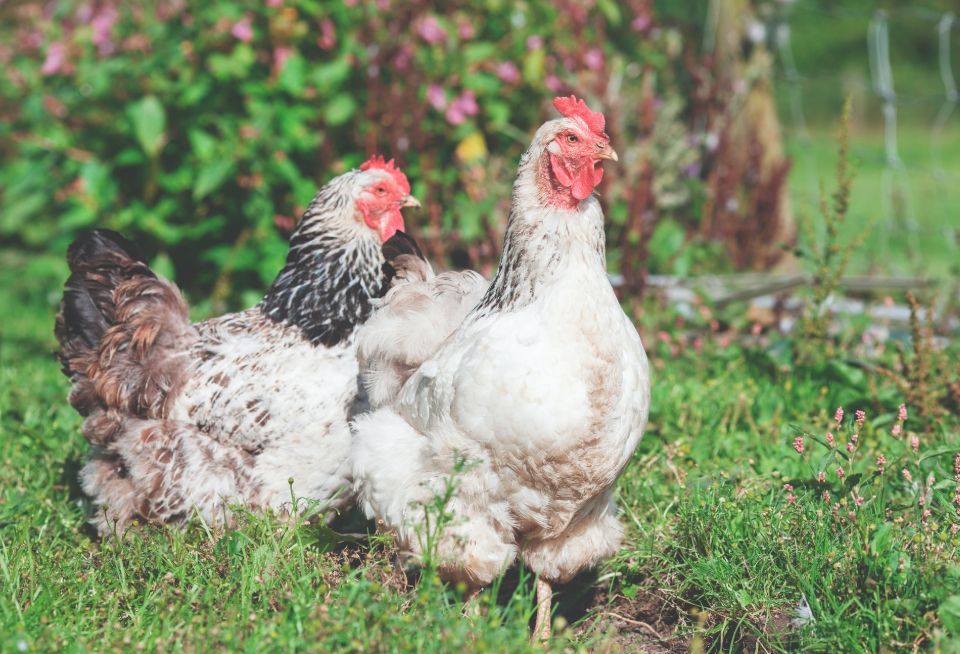
Raising Ducks on a Homestead
Ducks are a great choice for self-sufficiency; a lot of chicken-and-duck owners say they prefer ducks.
Ducks eat bugs and slugs and can handle bug pests in your garden with their strong bill (which is also used to break up weeds) while they feast on leftover food from the chickens’ plate. They don’t need much care either – just a small pond for bathing, a dry place to sleep and a safe, well-ventilated coop.
Ducks are great for permaculture because they eat weeds while chomping down on insects in gardens – often leaving the garden weed-free and bug-free!
Read more about raising ducks on the homestead on the Self-Sufficient HomeAcre website!
Raising Quail: the Solution for Tiny Homesteads
Quails may be small but their value is huge. They’re a great addition to an urban homestead or when you have limited space. They lay eggs, you can eat the meat, and they’re easy to care for.
Read more about raising quail on the Goose Creek Homestead website!
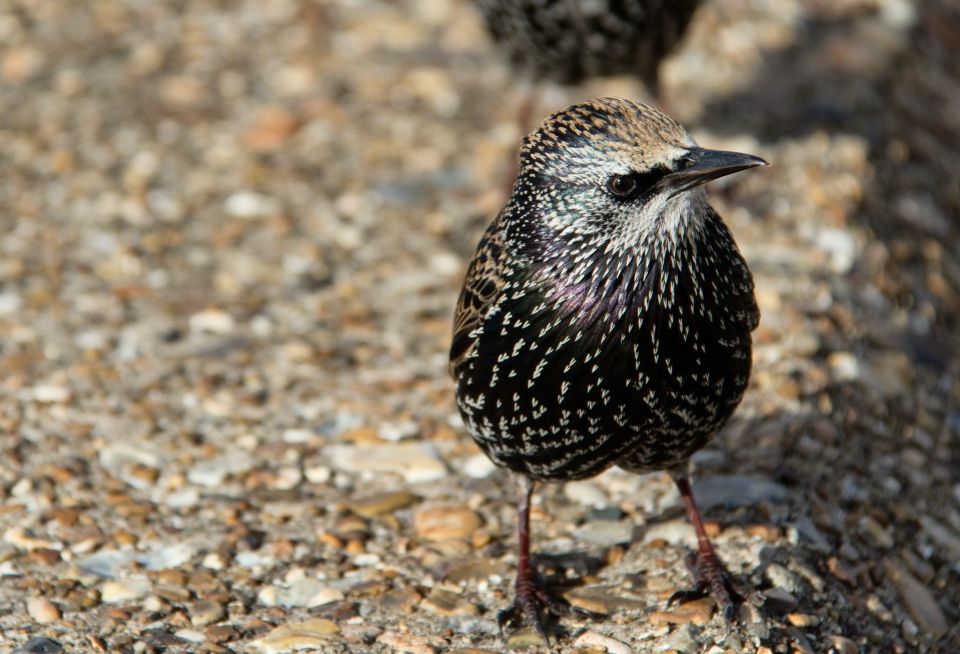
Bug Control with Guinea Fowl
Guinea Fowl are great at devouring ticks, bugs, slugs, snails and more in the garden. Guinea hens lay eggs seasonally; when the circumstances are right, they will lay up to an egg a day.
Find 14 reasons to NOT get guinea fowl on the Murano Farm website – it’s the article that made me decide they’re not for me 😉
Geese: Multifunctional Guardians & Layers
Geese are one of the top producers on a homestead, laying up to 50 eggs each year and producing both meat and down feathers. They’re also great guard animals; no stranger will get close to your house unheard!
A single goose can be raised with your chickens or ducks for predator defense.
However, they do require much more care than most other poultry animals – not only will you need to provide them with fresh water every day (as well as lots of different veggies and apple cider vinegar to keep them healthy), but they may also need feathers plucked on a regular basis.
The Rustic Elk has a great article about keeping geese on the homestead!
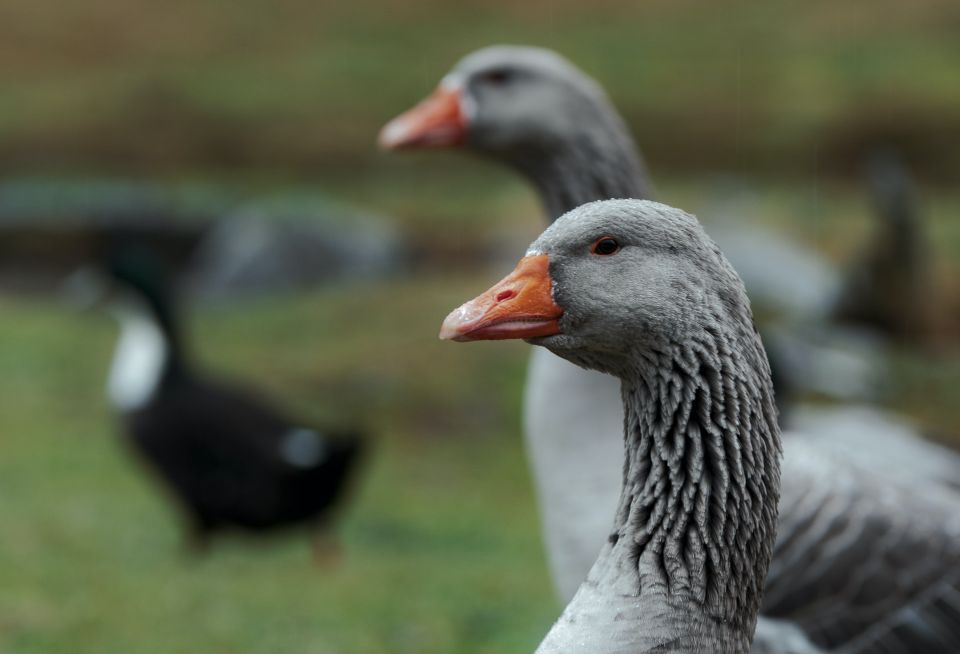
Keeping Rabbits for Meat and Cuteness
Rabbits are good for permaculture because they can eat weeds and produce manure. But their main perk when talking self-sufficiency is the amount of meat you can get from them; just a couple of rabbits can turn into a couple dozen rabbits in a matter of months… that’s plenty to feed a family!
Ashley at Practical Self-Reliance wrote this great article about raising rabbits on pasture!
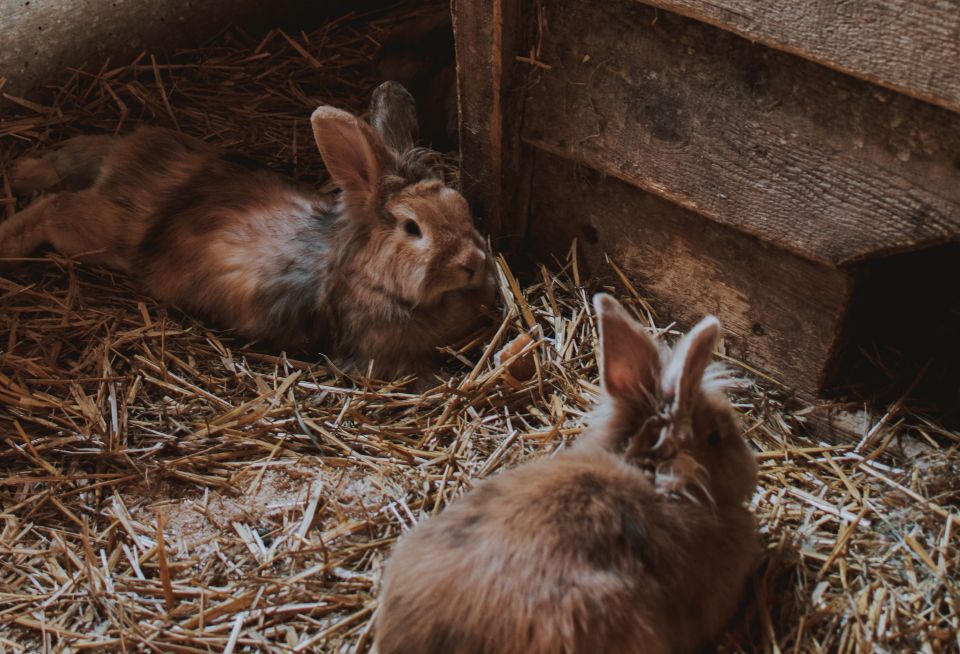
Raising Pigs on a Permaculture Homestead
Pigs love to dig deep into the ground, which is perfect for breaking up the soil. They’ll also turn your kitchen scraps into delicious meat you can enjoy or share with friends!
Pigs are smart and will need a sturdy fence; some breeds are easier to keep than others.
Lowimpact.org has a great article about introducing pigs to a permaculture design!
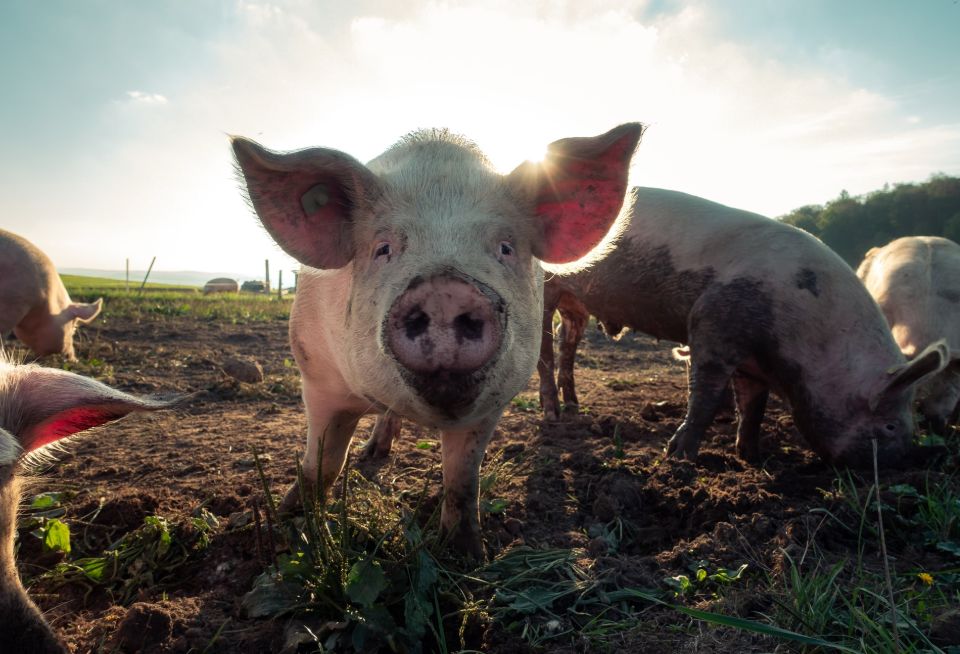
Pros and Cons of Keeping Milk Cows
Cows eat grasses (which you may not have – or at least not enough to feed your cows with) but also some vegetables with the right balance of nutrients (like cottonseed cake, soybean meal or corn).
Cows are kept for the delicious and rich milk they produce – which is a really important consideration for people who want to make cheese, butter, buttermilk and other dairy products.
Cow care varies depending on what work they do and how much of their diet consists of pasture grasses versus grains; if given access to pasture, cows produce the most milk.
Cows will need some shelter from a storm and to get out of the sun in summer, but they don’t require as much care or supervision as other livestock that are more vulnerable to predators.
Check out this Mother Earth News article on family cows!
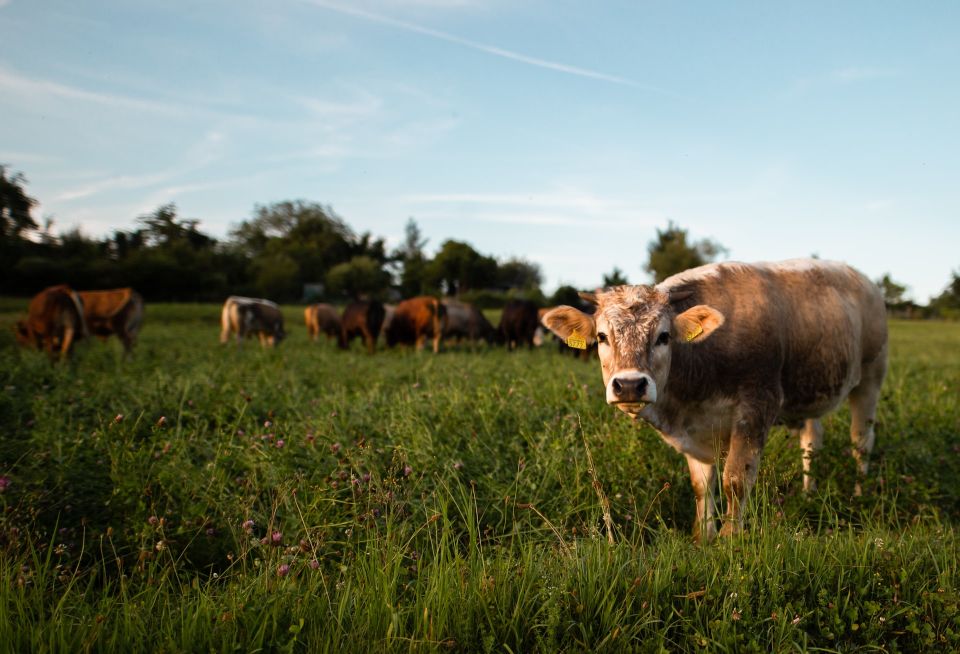
Raising Goats for Milk, Meat and Wool
Goats can provide us with milk, meat, and some breeds even produce wool. The downside? Goats are smart and destructive animals that need a lot of space; they can jump over or climb fences easily.
Goats don’t just graze (eat grass); they’re notorious brazers (they eat brush, leaves, branches and whole plants) and will help you clear up forest patches or overgrown gardens.
While goats are pretty simple to care for, milking them requires training and time; you can’t just decide to not milk the goats while you’re going away for a couple of days, if you want to get back to milking after you get back!
If you’re looking to keep animals for milk, goats are often the preferred option on a homestead as they require a lot less food – and it’s often easier to keep or borrow a billygoat to get them pregnant than to keep a bull to impregnate your cows.
Here’s Annie at the 15-acre homestead telling you what you need to know before getting goats!
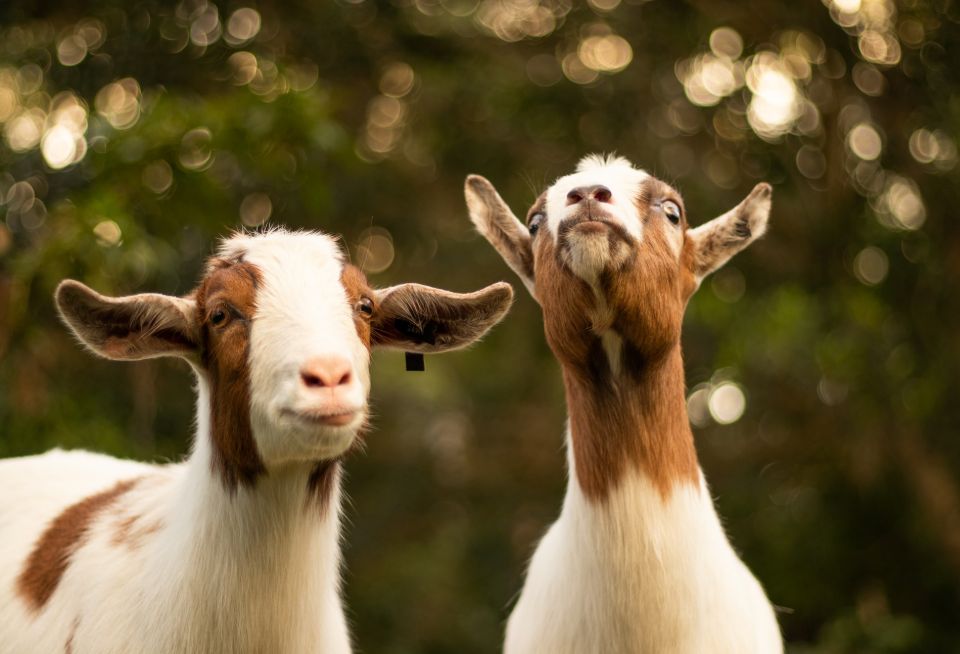
Pros and Cons of Keeping Llamas
Llamas are mostly kept as burden animals, as guard animals, and sometimes for their meat. They’re not often used as a dairy animal on smaller-scale homesteads, but they can provide wool.
Llamas require less food than other animals – these guys can go for days without eating if necessary! In the wild, llamas are known to eat leaves and scrub brush when there’s nothing available.
Llamas are excellent at defending themselves and their herds, so you don’t need to worry about predators. They also have a natural aversion to coyotes which will keep them away from your lambs – or any other animals that you want protected from these ferocious canines!
Keep in mind that llamas generally don’t do well in cold climates, and they need access to fresh water and brush for their main food source.
Llamas are a great choice if you’re looking for a guard animal to add to your flock of sheep and/or goats!
They can be the absolute worst choice as well though. Read about the llama adventure at the Homestead Hill Farm!
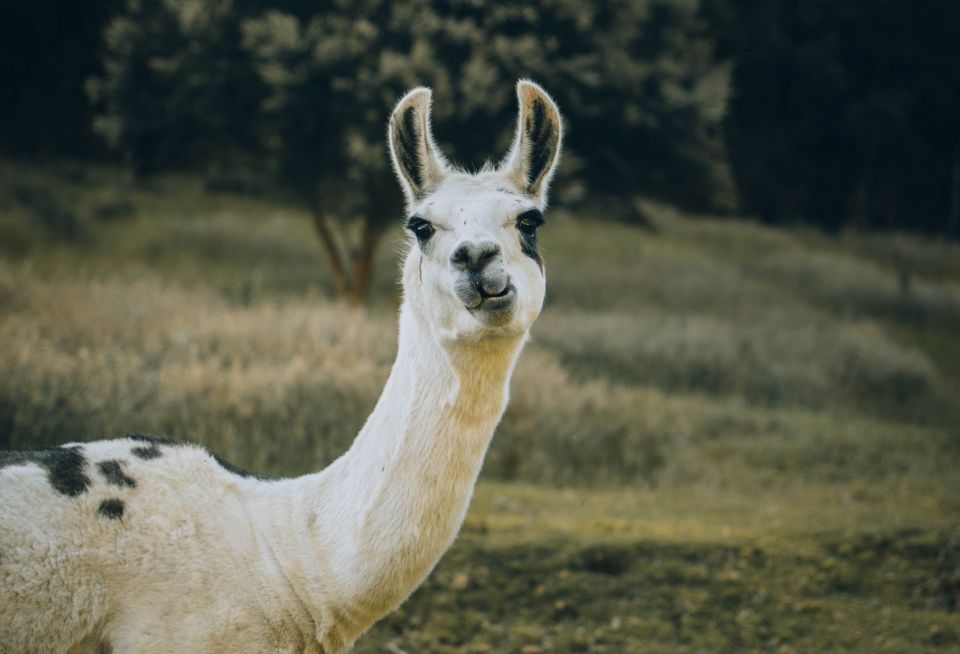
Alpacas: Not your Everyday Homestead Animal
Alpacas are excellent at defending themselves and their herds. Although they’re smaller than llamas (and certainly not to be used as guard animals when your local predators are bears or coyotes), a herd of alpacas works together for predator protection.
We’ve been keeping alpacas for years now and what we love most about them, is how low maintenance they are!
They graze year-round (and they’re fairly happy with the dried grass we get in summer) and just get some additional alpaca food… as the composition of our grass is very different from that in Peru, where alpacas are originally from.
Alpaca fleece is the softest and will protect them from both cold and harsh sun. They do need shearing at least once a year, as their thick fleece gets heavy (especially when it rains).
Their main output (for us) is alpaca poo; they always poo in the same place so it’s easy to collect – and it can be directly added to the garden… or soaked in water to produce “alpaca compost tea”.
You can’t milk a regular alpaca; some people in southern America do, but they’ve selected a line for milk production for multiple generations and the cheese they make is pretty special and expensive.
In many areas, alpacas are not very common, and hence expensive; it makes them too expensive to keep them from meat (the fleece is worth way more). However, in areas where alpacas are common, extra males do end up in the kitchen.
Alpacas and llamas are not the same – read about their differences here!
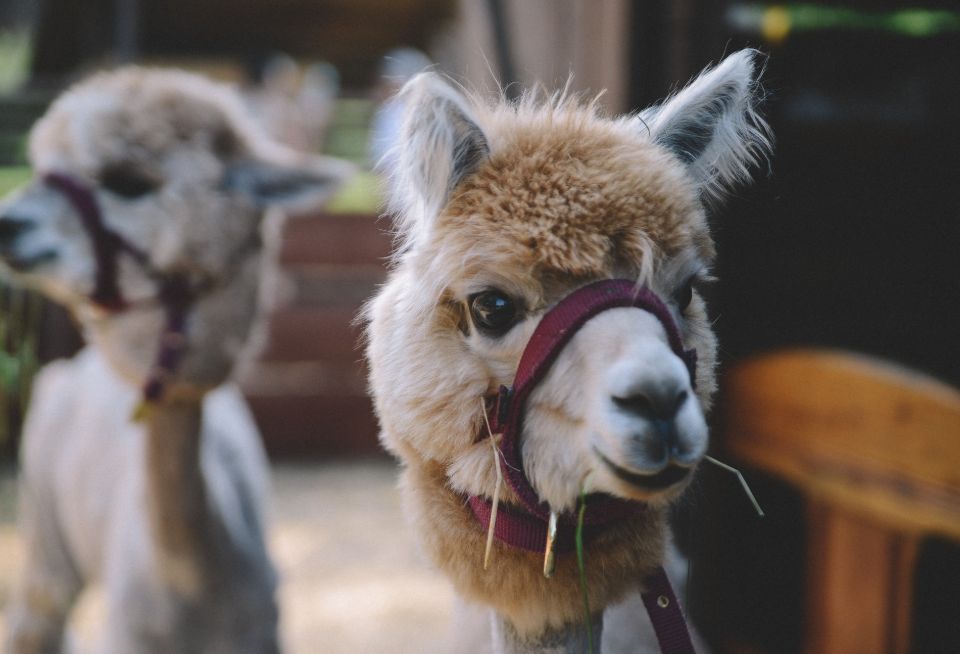
Raising Sheep for Wool, Meat and Milk
Sheep are very hardy animals, not too particular about food, and they’re not hard to keep with a simple fence. They do take up a lot of space though; a lot of people will take their sheep out grazing once they’ve exhausted the home pasture.
Most people will keep sheep for their wool, but some breeds are also fairly ok milk producers (although not comparable to goats or cows!). Here in Aragon (Spain), sheep’s cheese is fairly common. Sheep also make for great mutton!
Donkeys, Mules and Horses
Most people will keep donkeys for similar reasons as llamas: they’re great burden animals, and will fiercely protect your sheep, goats or chickens against predators.
Donkeys need less food than horses – but just like horses, they’re strong animals who escape easily.
Mules and horses need more food than donkeys, but are much easier to handle and control. Mules, horses and donkeys all produce great manure to be used in the garden!
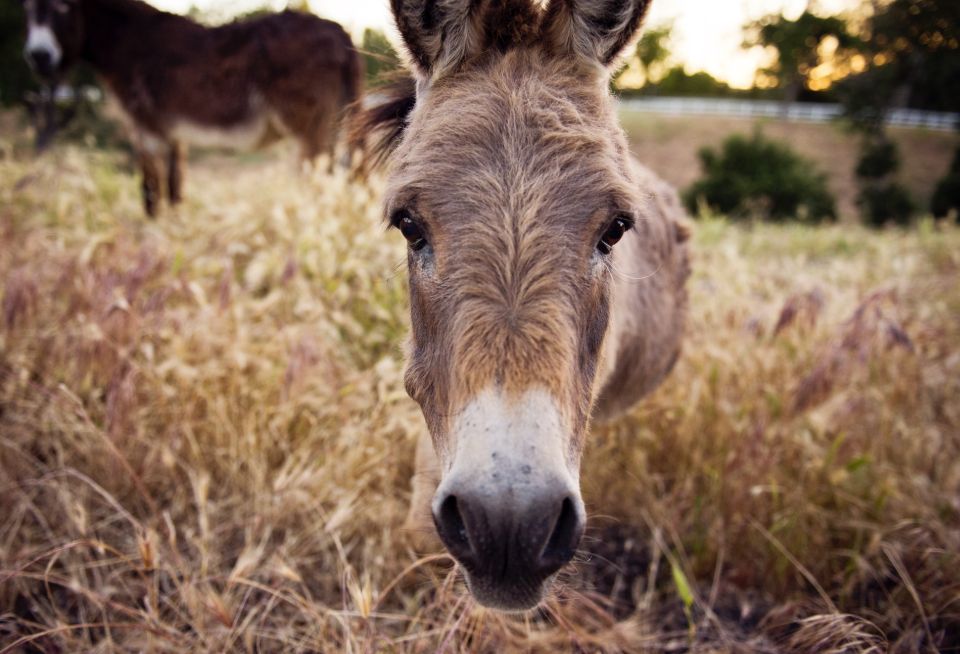
Farm Dogs, Livestock Guardian Dogs, Hunting Dogs and More
Many people keep dogs for security purposes on their homestead or smallholding – they’re great at keeping predators away from their sheep, goats or chickens. Dogs can eat a lot of scraps as well (as opposed to needing meat-based food).
When choosing dogs for a small-scale farm, identifying your needs and selecting a breed that meets those needs is crucial.
From company animals over hunting dogs, guard dogs and general farm dogs to thoroughbred livestock guardian dogs, breeds differ greatly; a well-trained LGD can protect the flock from bears and coyotes, but can also badly injure a human intruder… and a podenco might provide great assistance to a hunter, but they’re a no-no if you (or your neighbours) keep free-range or badly protected chickens.
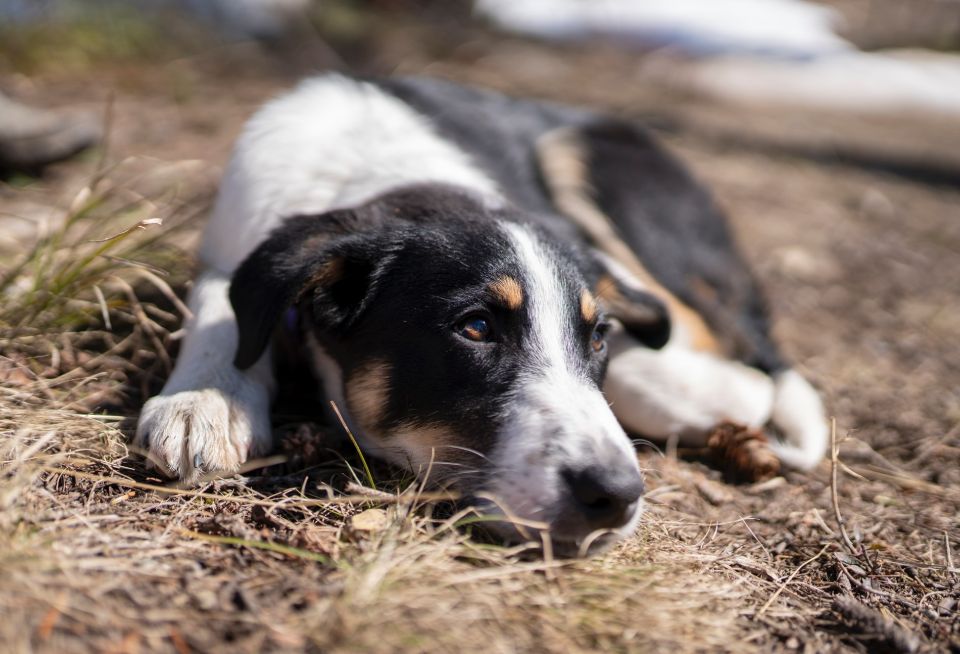
What do cats have to do with self-sufficiency?
Farm cats do not help us be more self-sufficient by themselves, but they can help to keep birds away from the fruit trees, keep mice out of the barn or even snakes out of the chicken coop.
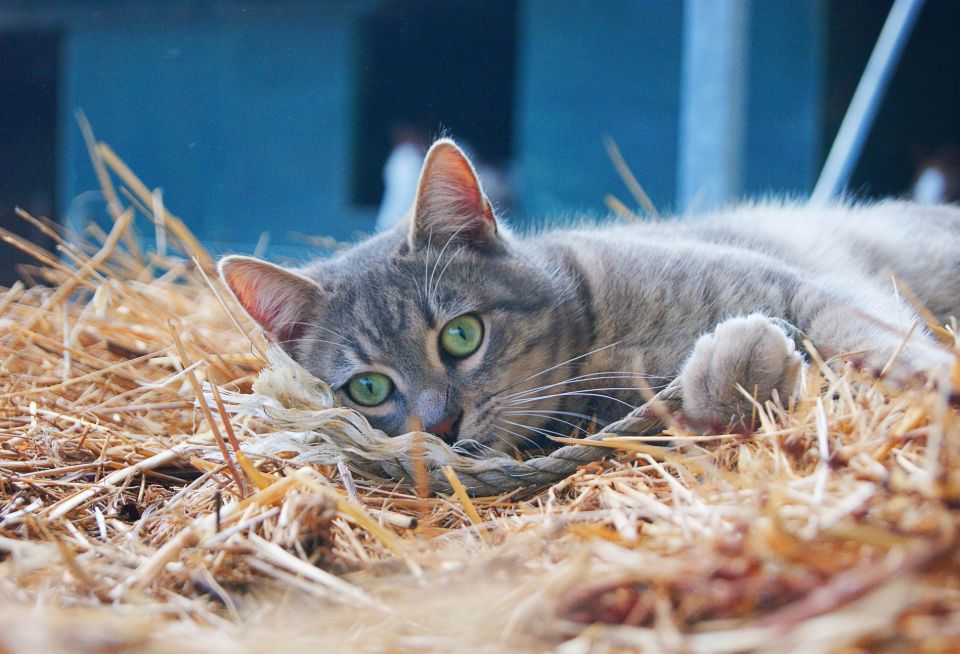
In conclusion…
This article only gives a short introduction to each animal, and we aim to add more information with time. Let us know in the comments if there’s an animal you’re missing in the list (and tell us about your experience with them if you can!) – or if you have specific questions about any of the animals above!

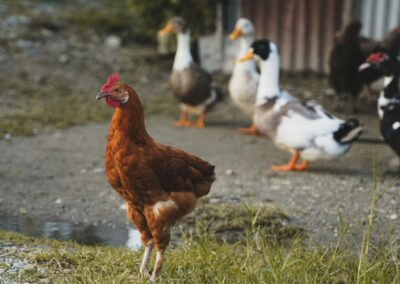
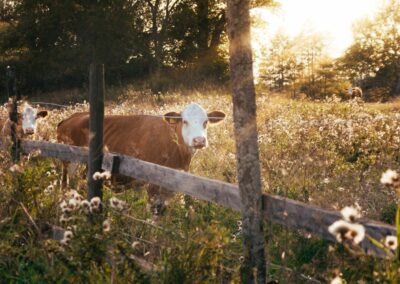
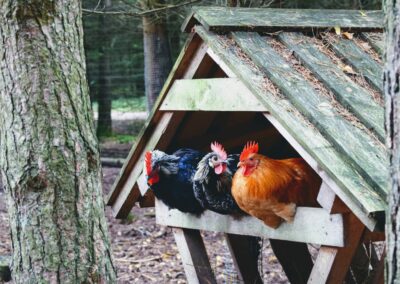
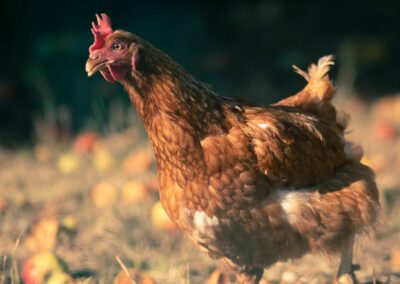

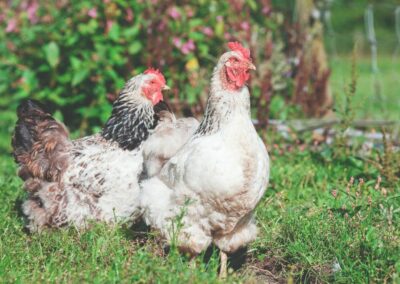
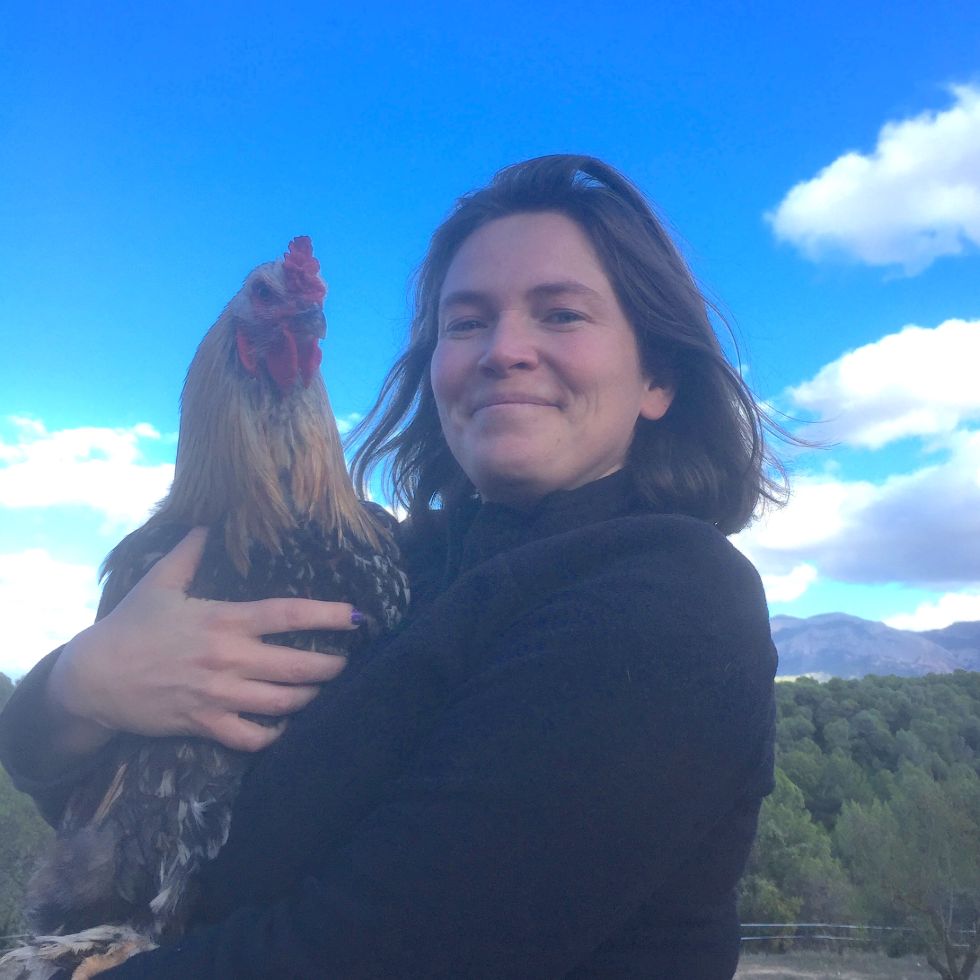
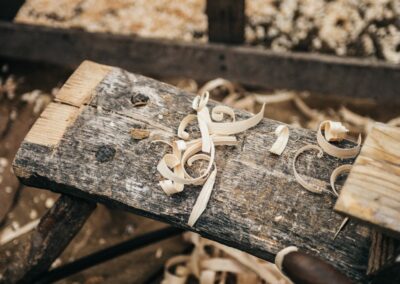
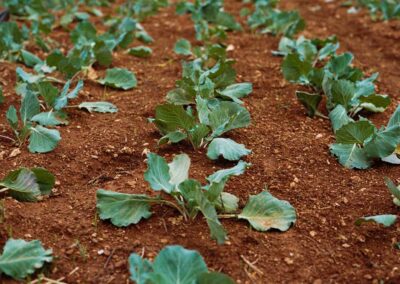
This was super helpful, simple, and straightforward. Thank you!